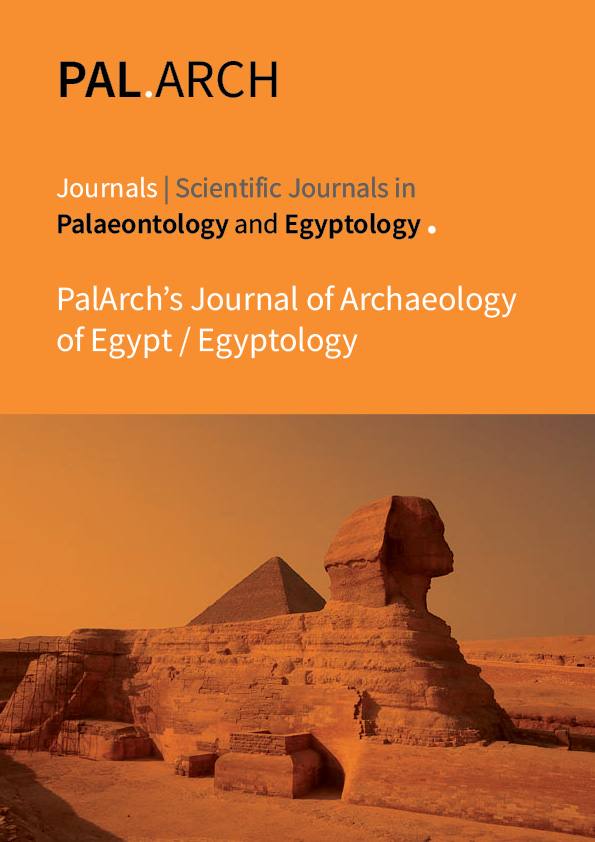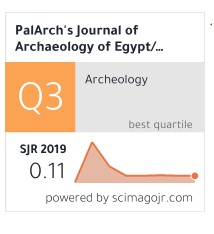APPLICATION OF VAN DIJK MODEL ON THE DISCURSIVE IDENTITIES IN PAKISTANI AND INDIAN PRINT MEDIA AFTER THE ANULMENT OF ARTICLE 370
Abstract
This study is a discourse study of thirty editorials from Pakistan and Indian media through the application of Van Dijk ideological square model (2005). The focus was that how both the countries have represented each other through their discourse. The given thirty editorials were selected for the analysis. Hidden ideologies were analyzed through the discursive structures used in the editorials. Discursive strategies like positive self-representation and negative other-representation is used by the researcher for macro analysis of the data. Actor description, euphemism and evidentially like strategies were used for micro analysis. Pakistani editorials were found to be using the micro strategies more than the Indian usage. The study concluded that Pakistan is in defensive mood and is using micro strategies more like positive self-representation, while India is found to be in aggressive mood and hence focuses on negative other-representation.



